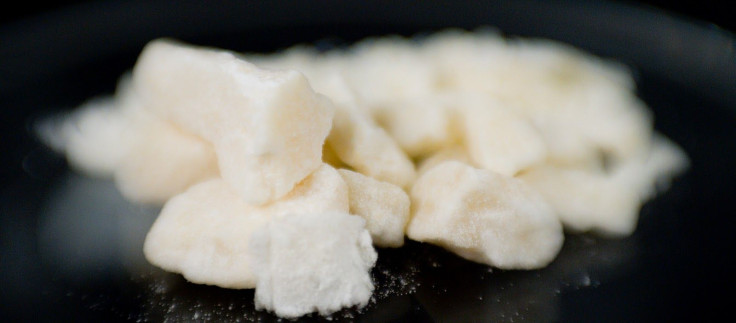Cocaine Teaches The Brain To Become Addicted By Growing More Cells To Learn To Love It

Mice given cocaine in laboratory experiments exhibited rapid growth in a part of the brain associated with learning and memory, showing how the drug seduces the mind into seeking it again and again. The findings from the study conducted by researchers at the University of California, San Francisco are published online in Nature Neuroscience.
Researchers used a microscope to peer directly into nerve cells within the brains of living mice. They watched in real-time as dendritic “spines” — structures bearing synapses for signaling — grew noticeably denser within two hours of stimulation by cocaine. The researchers also found a link between the brain growth and learning associated with the drug, with those growing the most dendritic spines also tending to develop the strongest taste for cocaine, as shown by a preference for spending time in an enclosure associated with receiving cocaine.
"This gives us a possible mechanism for how drug use fuels further drug-seeking behavior," researcher Linda Wilbrecht, of the University of California, Berkeley, told reporters. "It's been observed that long-term drug users show decreased function in the frontal cortex in connection with mundane cues or tasks, and increased function in response to drug-related activity or information," Wilbrecht said. "This research suggests how the brains of drug users might shift toward those drug-related associations."
The relationship between new dendritic spine growth and learning is exhibited in the brains of many living creatures. Mice given cocaine grew new brain structures serving the cause of getting more cocaine. One area greatly affected by cocaine is the frontal cortex, the executive control part of the brain devoted to long-term planning, decision-making, and other functions of reason and self-discipline. When doused with cocaine, these neurons might be affected when playing a role in decision-making, for example. The discovery provides greater insight to the process of addiction, “by helping us identify what is going awry in the frontal cortices of drug-addicted humans, and by explaining how drug-related cues come to dominate the brain’s decision-making process,” Wilbrecht said.
In the first of the experiments, researchers injected on group of laboratory mice with cocaine and another with a saline solution. The next day they used a 2-photon laser scanning microscope, observing brain growth after just the first dose in the cocaine group. Mice stimulated with cocaine in a second experiment grew four times as many more connections among nerve cells than mice injected with saline.
In a third experiment, researchers probed further, giving the two groups of mice their injections in two distinctive enclosures — each with its own design, texture, and smell. When mice were tested for a preference, those with the most dendritic growth overwhelmingly chose the enclosure where they had received the cocaine. "This suggests that the new spines might be material for the association that these mice have learned to make between the chamber and the drug."
Researchers marveled that the work would not have been possible before the 2002 development of the 2-photon laser scanning microscope.
Source: Francisco Javier Muñoz-Cuevas, Jegath Athilingam, Denise Piscopo & Linda Wilbrecht. Cocaine-induced structural plasticity in frontal cortex correlates with conditioned place preference. Nature Neuroscience. 2013.



























